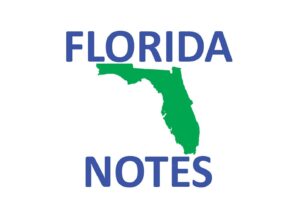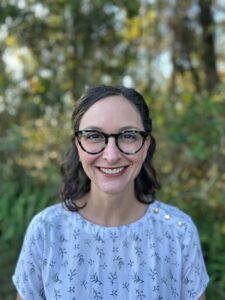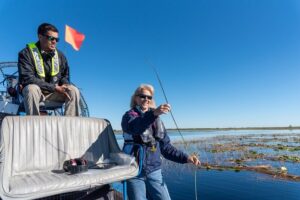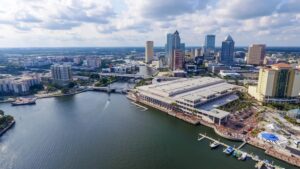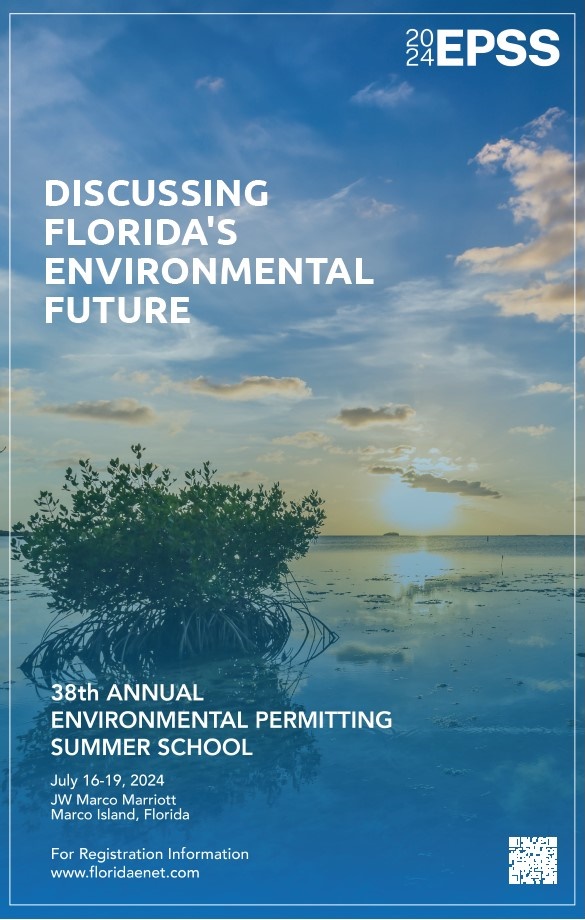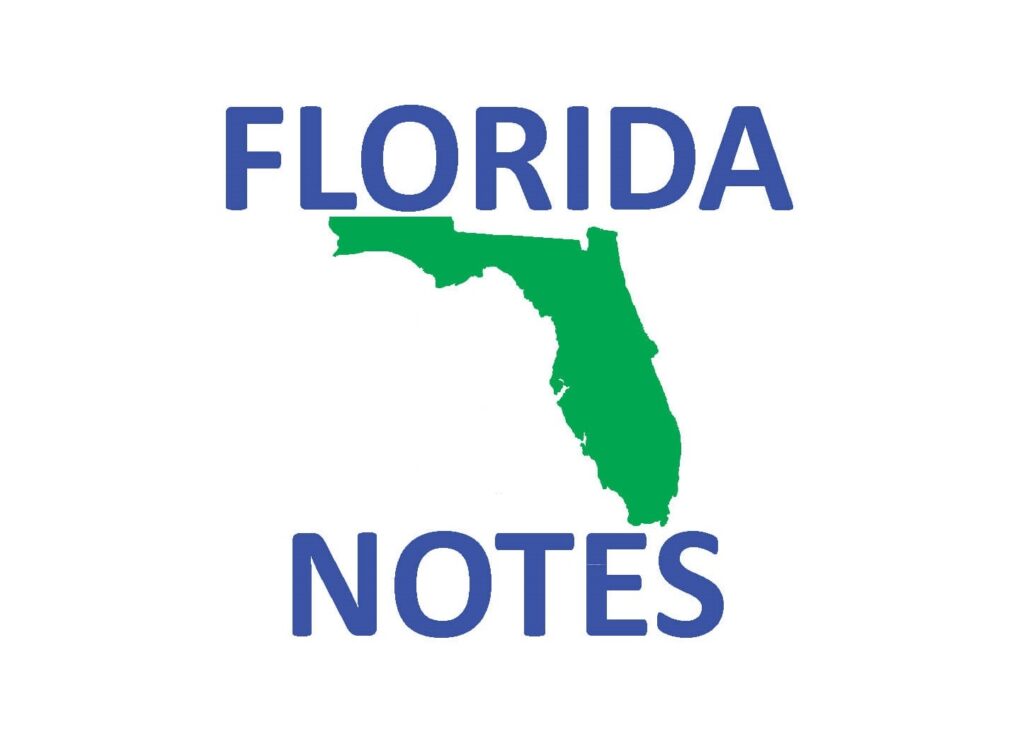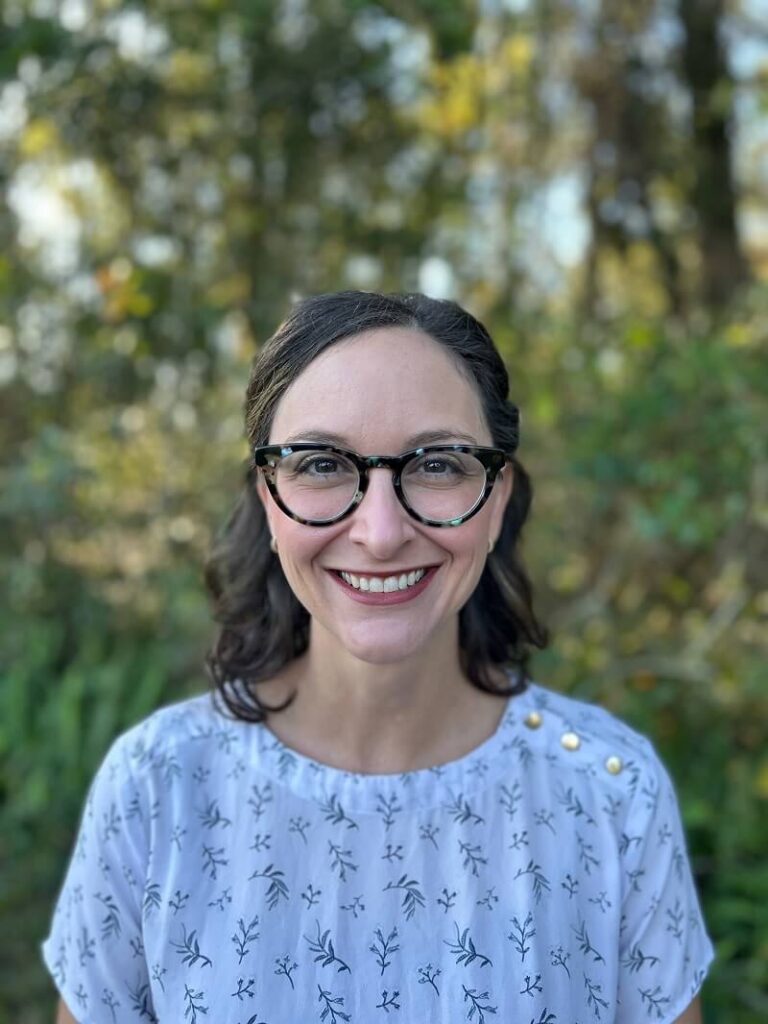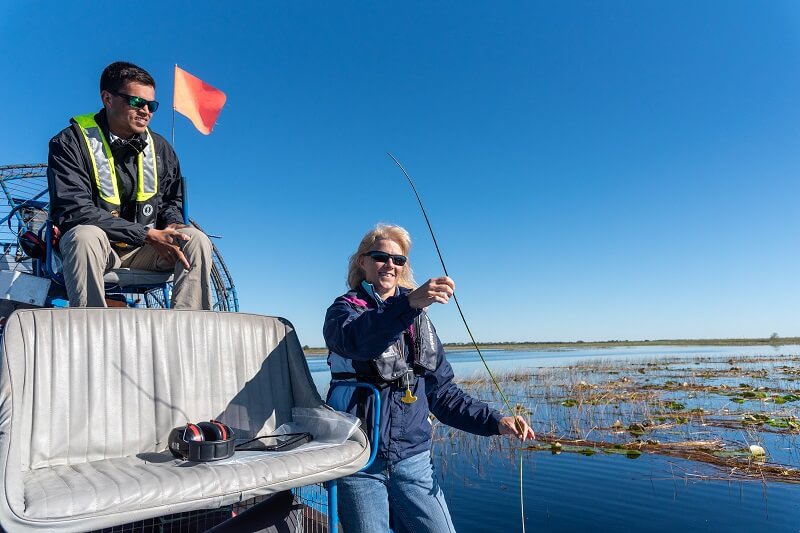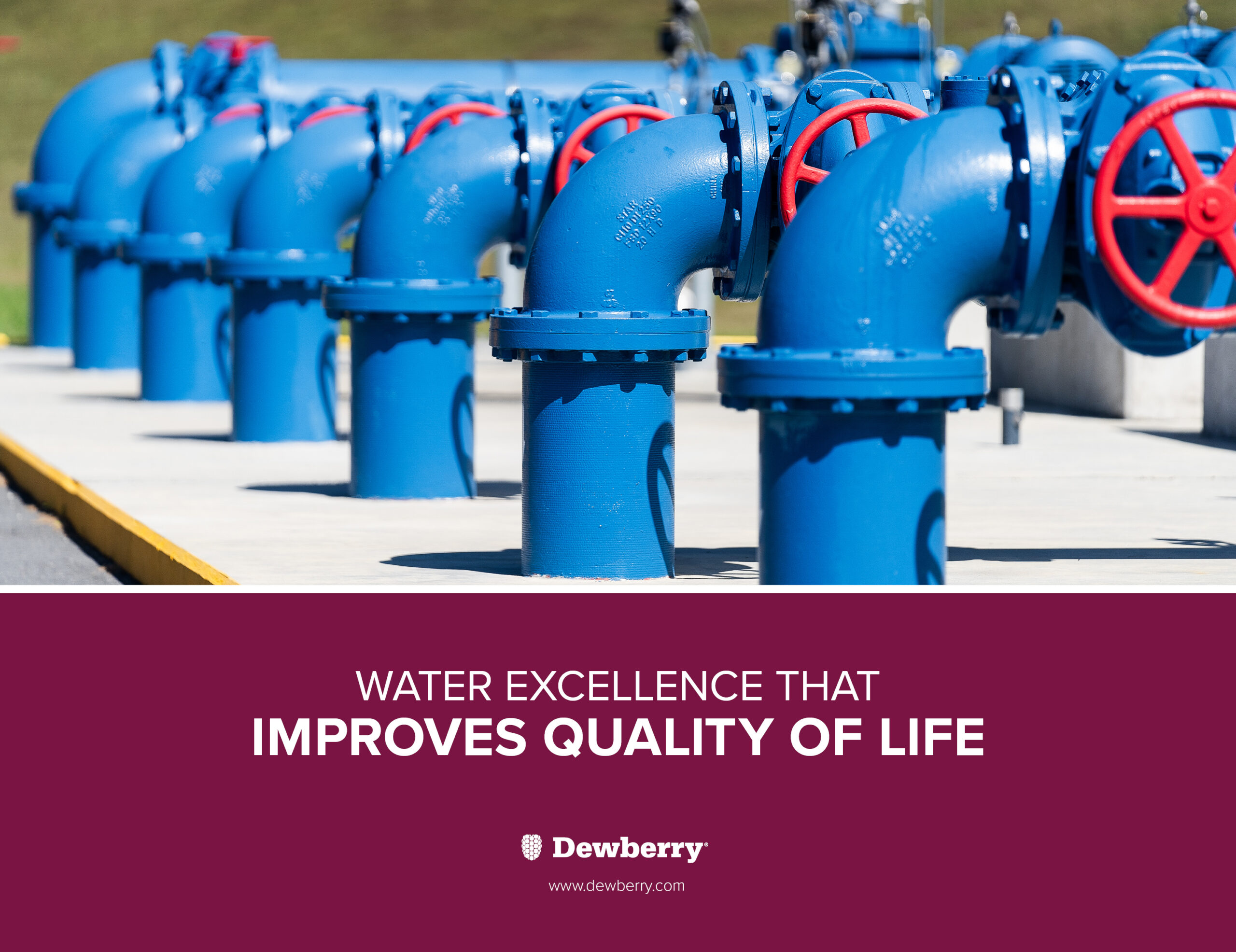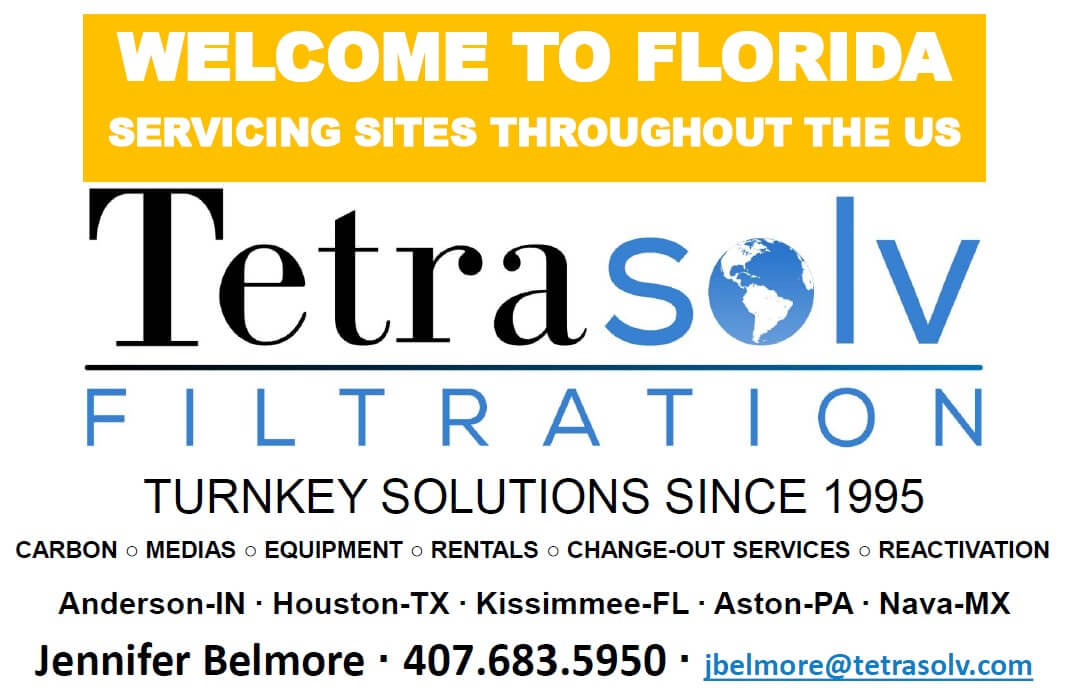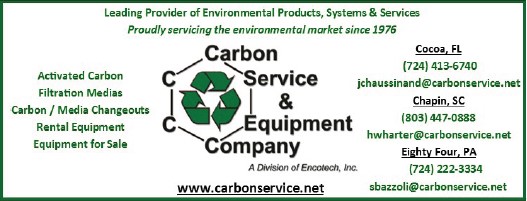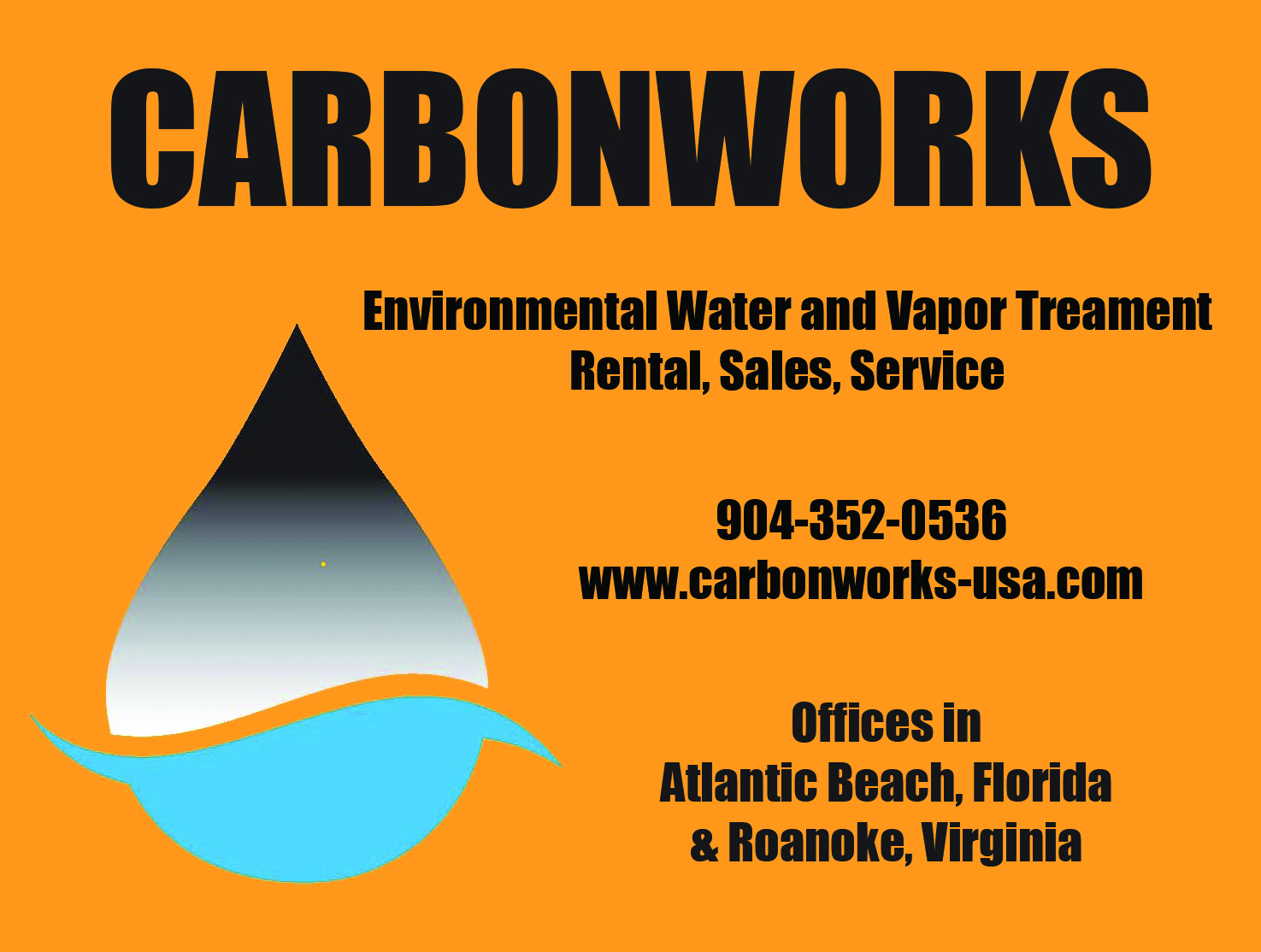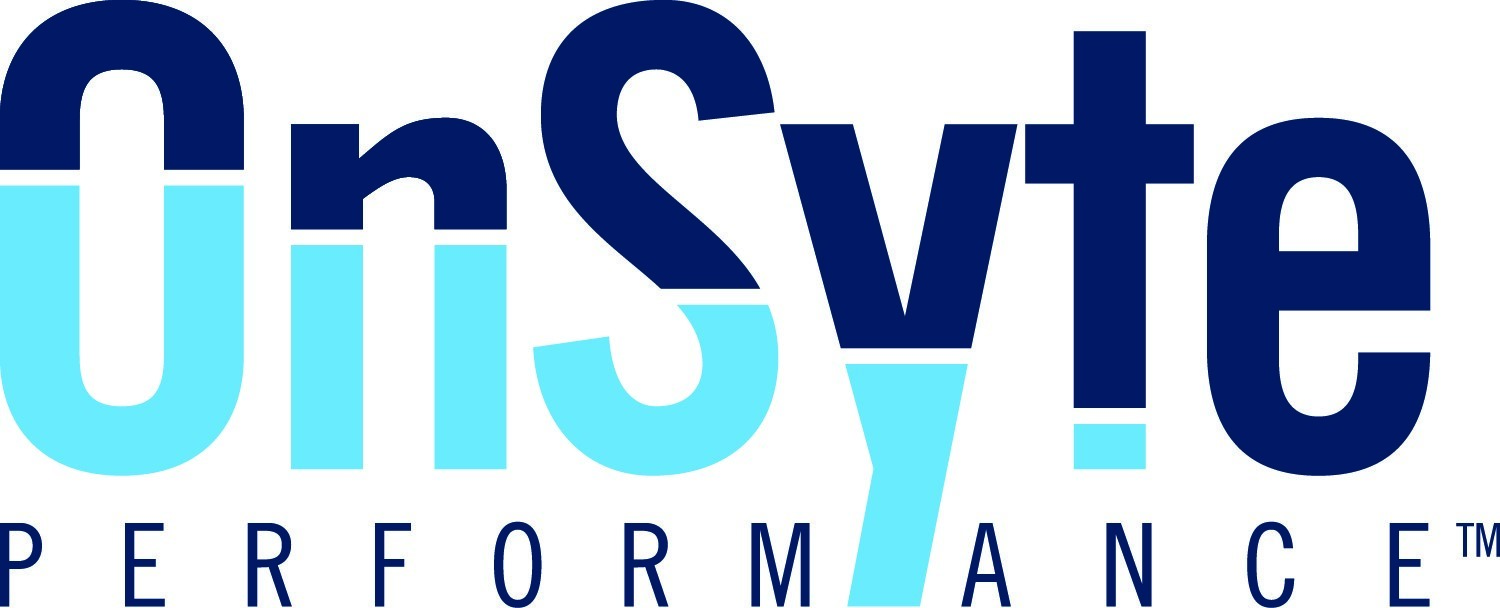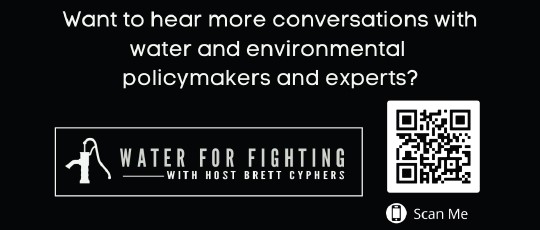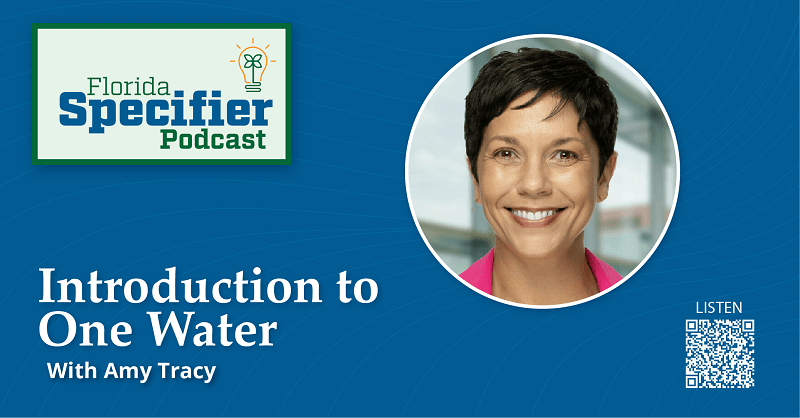
BY Keyna Cory
Recently, I saw a map of Florida and what it may look like by 2060. It was shaded with red, showing areas of population growth, green for the protective areas like national forest and the Florida Everglades, and tan for undeveloped land.
The map showed that by 2060, there would be a lot of red and a good bit of green but very little tan. What does this mean? Not a lot of choices for a new landfill. So, what should we do? Turn away people who want to move into our state to help limit the red? Or make sure that we use the undeveloped land cautiously? My suggestion is let’s limit the amount you send to the landfill and recycle more.
There are three “Rs” to waste management. First, reduce waste. Who needs 50 pairs of shoes? Well, let’s not go there. However, when I want to buy a new pair, I donate a pair or two to Goodwill.
Here is where the second “R” comes in – reuse. Donating items to Goodwill serves two purposes. First, it keeps items out of our landfills. In 2022, Goodwill in Florida diverted more than 82,000 tons of items from landfills. Second, money received from the sale of donated goods goes towards helping those with barriers to employment receive training to find and keep jobs.
The third “R” is for recycling. The Florida Beverage Association is working to get “Every Bottle Back.” It’s amazing to see three major soft drink competitors – Coca-Cola, Pepsi and Dr. Pepper – working together on this campaign. These major corporations are collaborating to help ensure 100 percent of their recyclable plastic bottles become new bottles, and don’t end up in our oceans, rivers, and beaches.
Companies like Publix also see the value of recycling. Publix began its recycling program in the 1970s by working with paper manufacturers to recycle cardboard. Since then, its recycling program has grown tremendously to cover a variety of items including flexible plastics and molded foam containers.
Through customer and company-wide recycling initiatives in 2022 alone, Publix recycled more than 616 million pounds of cardboard, 25 million pounds of mixed plastic, and 11 million pounds of mixed paper, in addition to many other items. As a company, Publix diverted more than 53% of its waste from landfills and works to increase its recycling numbers each year.
If you think the recycling industry is dying, think again. WM will break ground in mid-2024 on a new $80 million state-of-the-art recycling facility in Pembroke Pines, Florida – WM Recycling South Florida. The new facility will deploy the latest in recycling processing technology including AI and robotics and is replacing WM’s Reuter Recycling Facility which is already the largest volume recycling facility in the southeastern United States.
WM Recycling South Florida will be built to process up to 60 tons per hour. This will result in a 75 percent increase in the production of marketable recycling materials, ensuring the long-term viability of sustainable recycling programs throughout south Florida.
Florida residents and businesses play a vital role in the growth and success of recycling in our state. Do your part to reduce waste, reuse items where possible, and recycle your paper, cardboard, plastic bottles, jugs and tubs; aluminum and steel cans; and glass containers. Together, let’s have a positive impact on our precious environment and growing economy.
Keyna Cory is the Executive Director for the Florida Recycling Partnership Foundation


